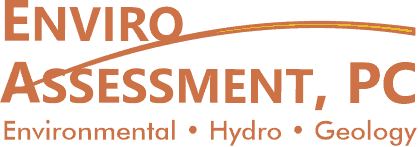Phase II – Soil Sampling
Phase II Investigations will include soil sampling if the source area of a chemical spill or leak is suspected to be on the Subject Property, the soils at the spill location are expected to be impacted with these chemicals. Soil samples will be collected from both the source area and from areas adjacent to the source area that would define the size (both vertically and horizontally). Understanding the amount of soil impacts are important in order to determine the best method available to remove or remediate the impacted soils.
All soil samples are analyzed at State certified Laboratories for Chemicals of Concern. The results of these analysis are typically compared to either the EPA Tier 1 levels or the states, which ever is more stringent.
If the full extent of the soil impacts are not defined, additional investigations will be needed in order to define the size of the impacts, the concentration of the impacts and the types of chemicals impacting the soils.





